Learning Piano
Self-Guided Piano Learning: A Comprehensive Approach
Self-Guided Piano Learning: A Comprehensive Approach
Mastering the piano is an enriching journey that doesn’t necessarily demand years of formal lessons. With a basic understanding of notes, keys, chords, and a dedication to practice, you can embark on teaching yourself this versatile instrument.
Embarking on Playing by Ear 
- Securing an Instrument: Begin with finding a piano or keyboard. Acoustic pianos offer a rich, authentic sound and the full range of 88 keys, while keyboards are more affordable and convenient, especially for beginners. Consider tuning the piano for accurate sound or opt for a keyboard that remains in tune.
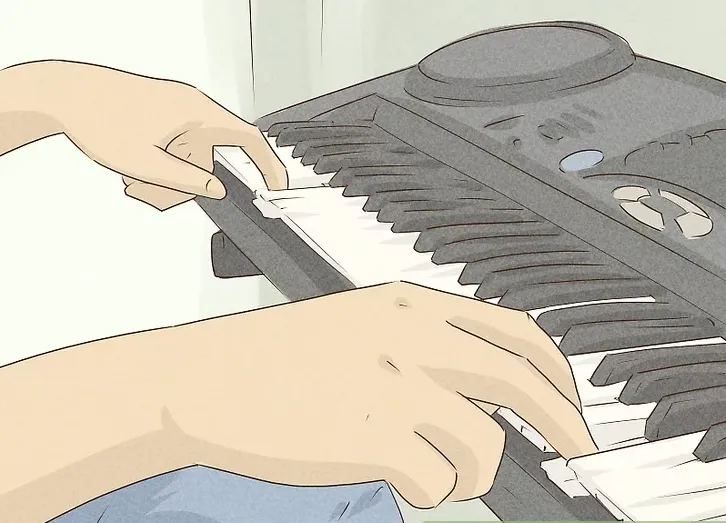
- Getting Acquainted: Sit at your instrument and explore its sounds – from middle to high tones and bass to sharp and flat tones. This exploration is crucial in developing an ear for different pitches.
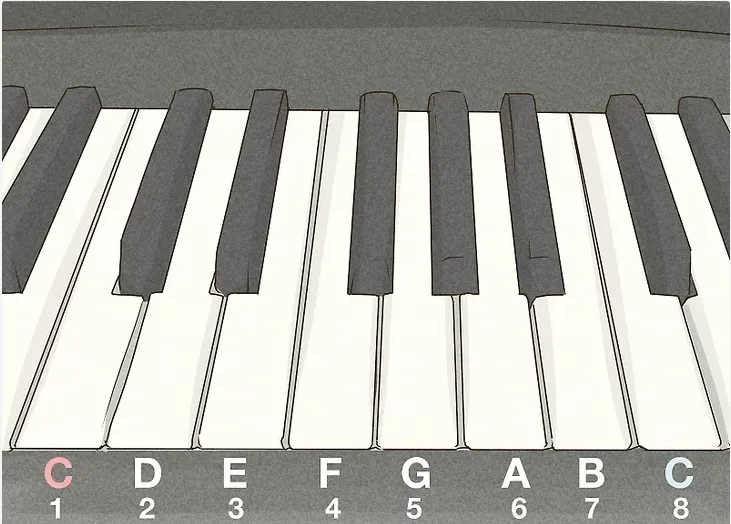
- Mastering Major Keys: Familiarize yourself with the major keys, using a numbering system to remember their sequence. This knowledge is foundational for recognizing melodies and chords.
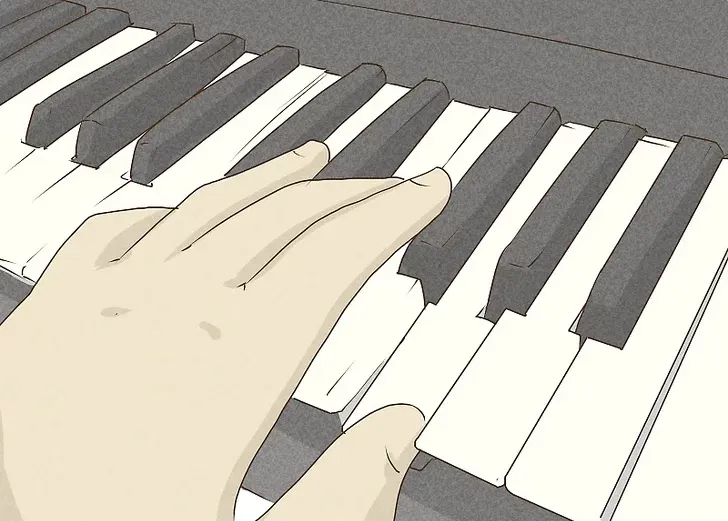
- Understanding Chords: Learn the basic chords, as they form the backbone of most songs. Start with the C Major triad and progress to identifying chords by ear, regardless of their name.
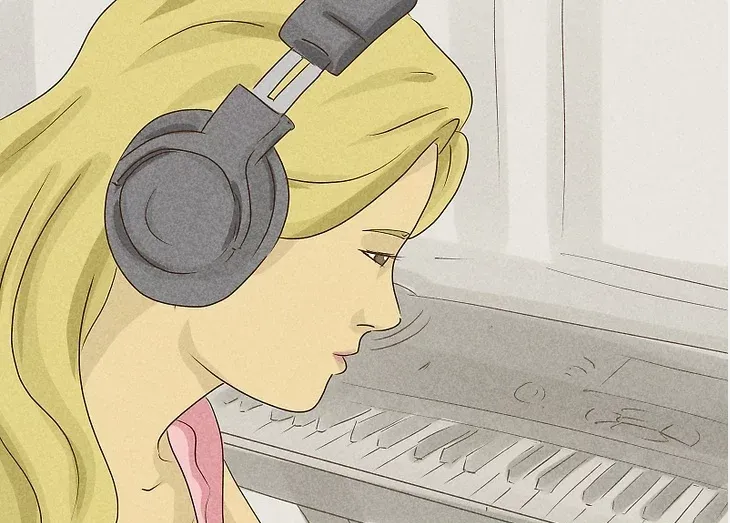
- Recognizing Patterns: Songs are built on patterns and chord progressions. Identifying these can simplify the process of learning new pieces by ear. Music theory resources can be incredibly helpful in this stage.
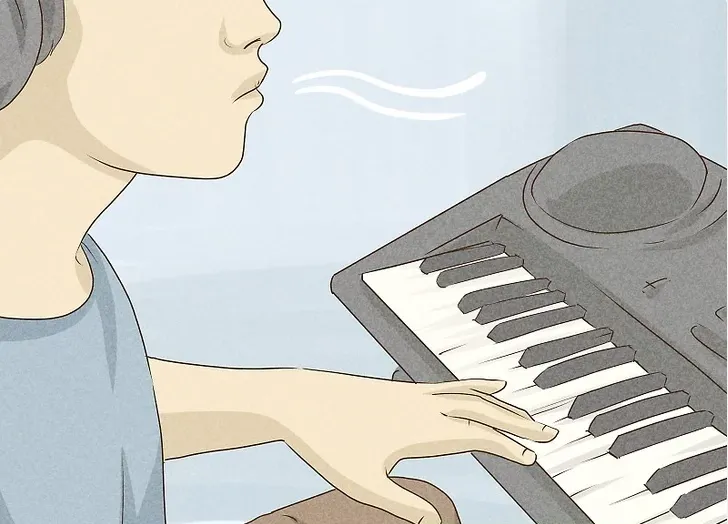
- Practicing Humming: Hum the tunes to internalize them, making it easier to replicate the melodies on the piano.
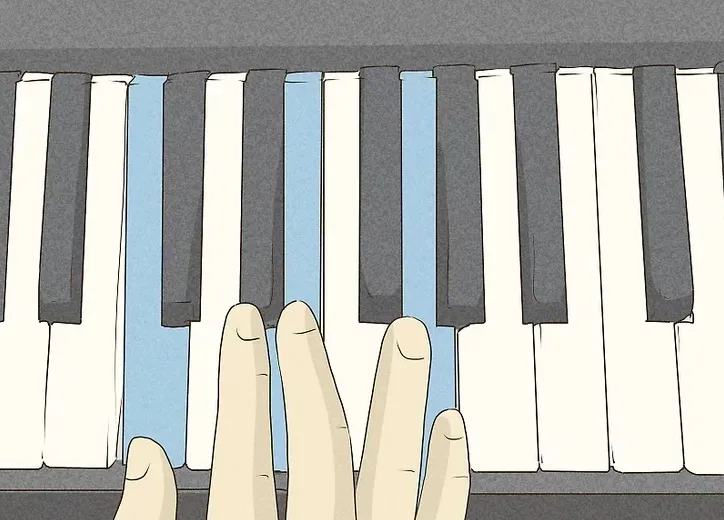
- Finger Placement: A beginner’s piano book can be invaluable for learning which fingers to use for each note, enhancing your technique and ease of play.
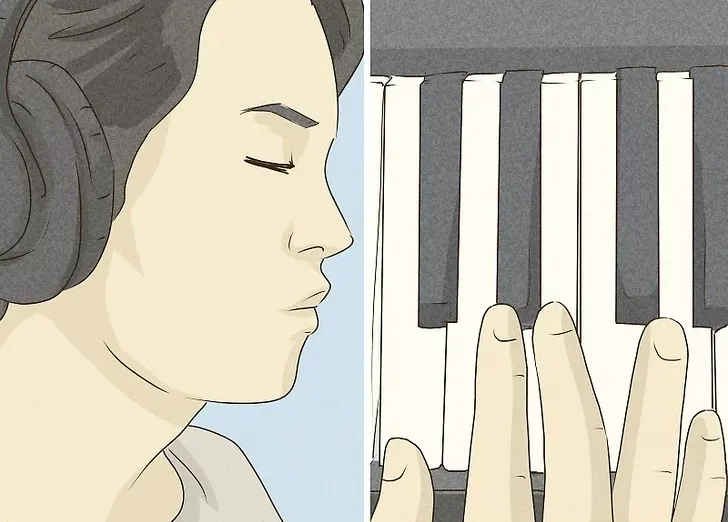
- Consistent Practice: Regular practice is key to improvement. Try to play songs by ear, using the skills you’ve developed, and practice multiple times a week.
Building Basic Piano Knowledge 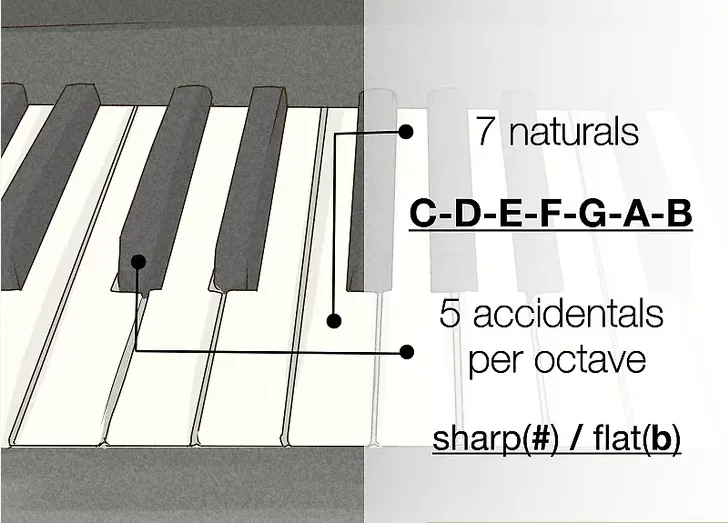
- Grasping the Basics: Understand the piano’s 88 keys, including naturals and accidentals, and familiarize yourself with musical staffs – the bass clef and treble clef.

- Using Instructional Resources: Books and online tutorials can guide you through reading sheet music, playing scales, and learning simple songs.
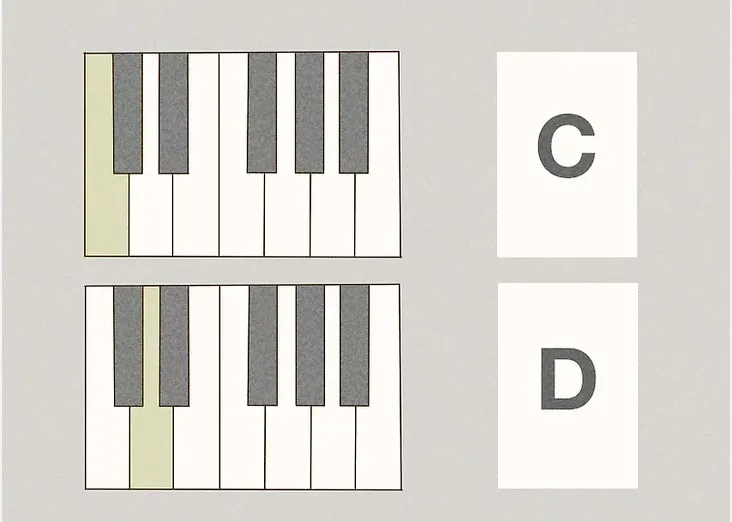
- Studying Notes: Learning note placement on the keyboard and their corresponding staff positions is crucial. Flashcards, stickers, and instructional books can aid in this learning.
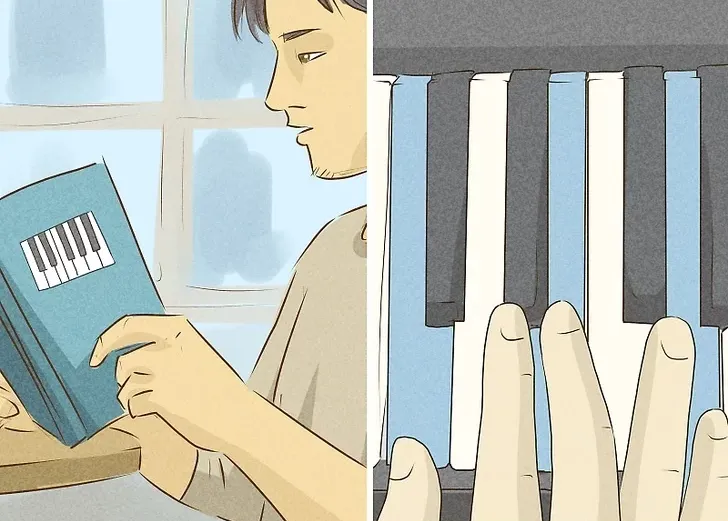
- Finger Techniques: Proper finger placement is essential for effective playing. Instructional books offer exercises to practice correct fingering and scale playing.
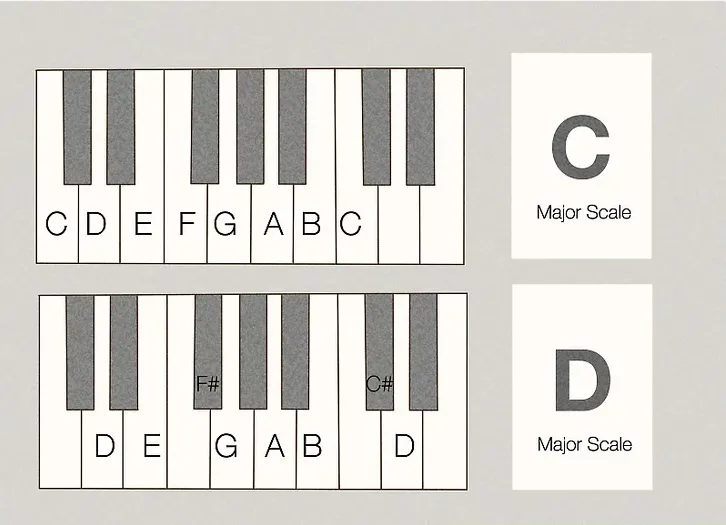
- Practicing Scales: Scales are fundamental for understanding musical structure and improving finger agility. Practice them regularly to enhance your sight-reading and playing skills.
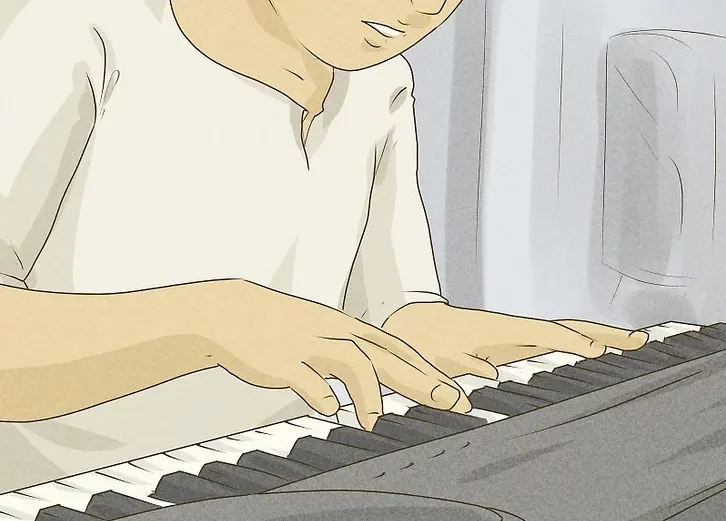
- Learning Simple Songs: Start with easy pieces to consolidate your learning of notes, chords, and finger placement. This also helps in memorizing the layout of the piano.
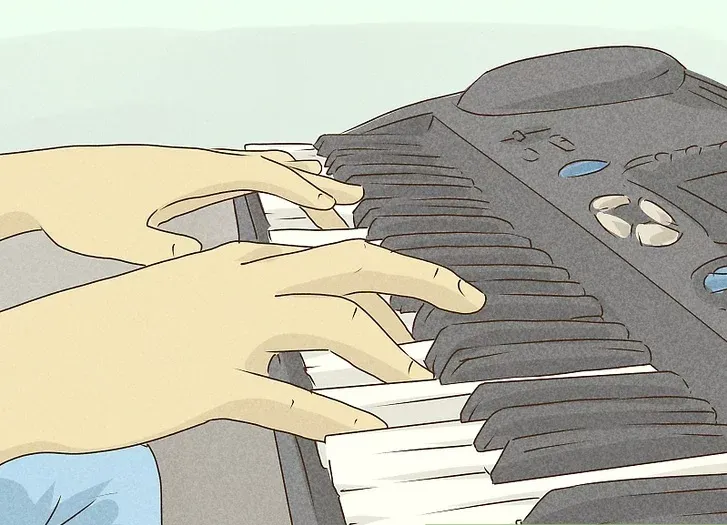
- Dedication to Practice: Regular practice is indispensable. Engage in focused sessions multiple times a week, without rushing to progress to more complex lessons.
Considering Piano Instruction 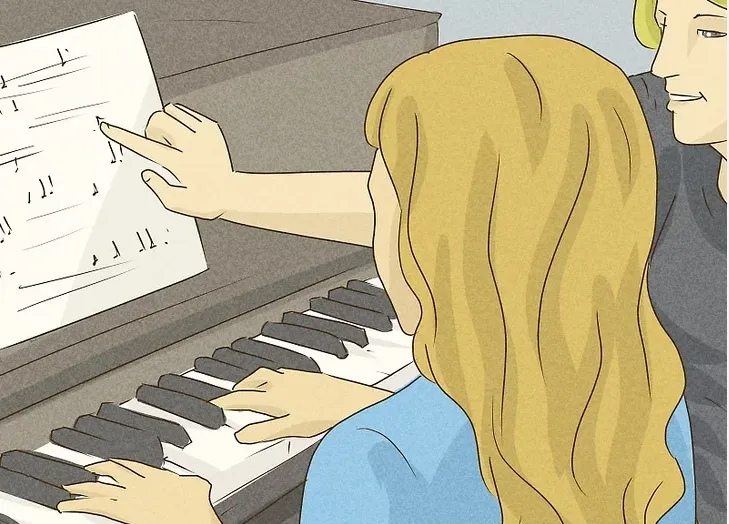
- Finding an Instructor: Although self-teaching, occasional guidance from a piano teacher can rectify bad habits and clarify doubts. An instructor can offer personalized tips to refine your technique and meet specific musical goals.
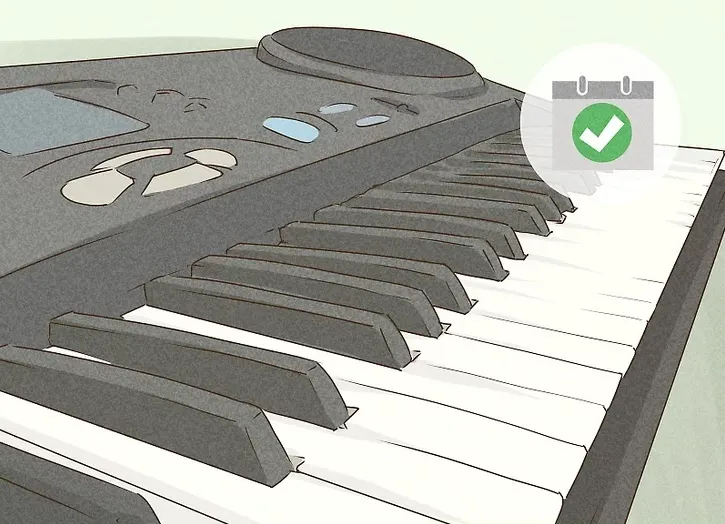
- Lesson Frequency: Monthly check-ins with a teacher can provide valuable feedback on your progress and answer any lingering questions.
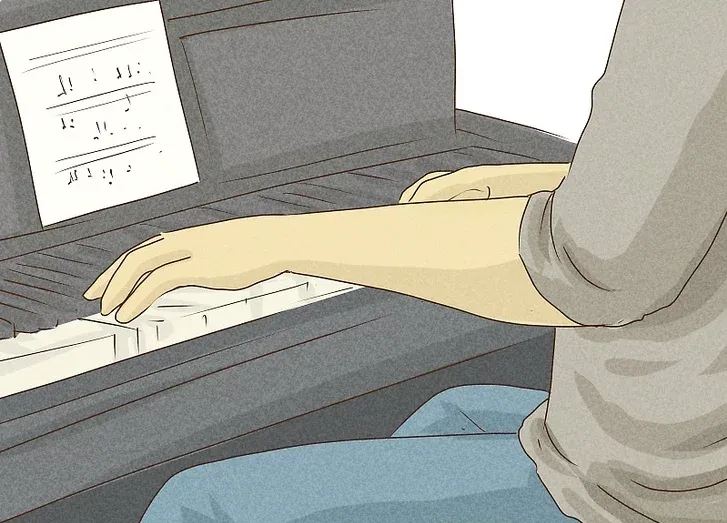
- Augmenting Practice: Alongside piano practice, review musical notes and theory to reinforce your learning. Your instructor may recommend a practice schedule to optimize your progression.
This self-guided approach to learning the piano covers both intuitive playing by ear and the foundational knowledge needed for reading music and technique. With perseverance and regular practice, you can discover the joys of playing the piano and unlock your musical potential.
